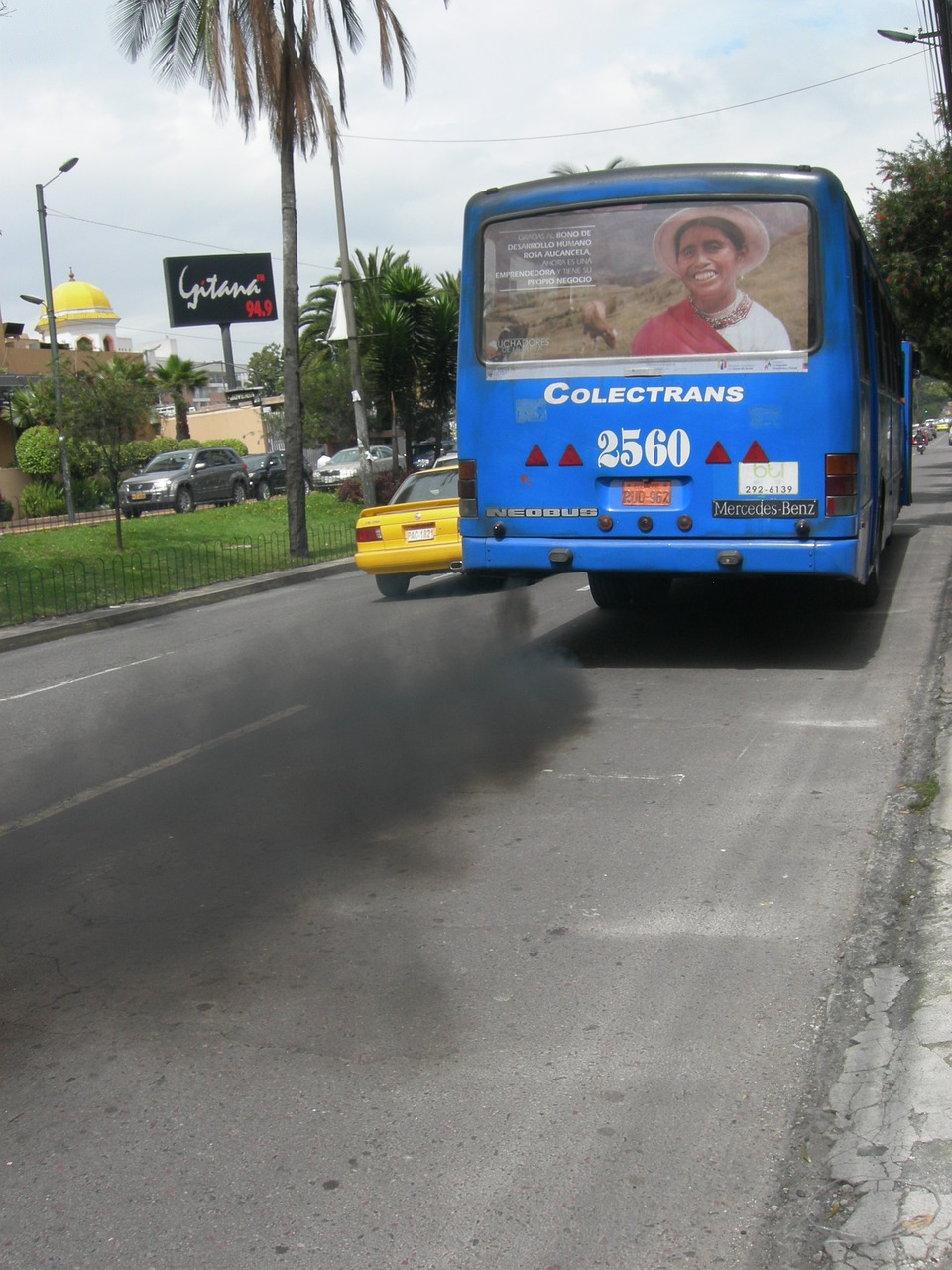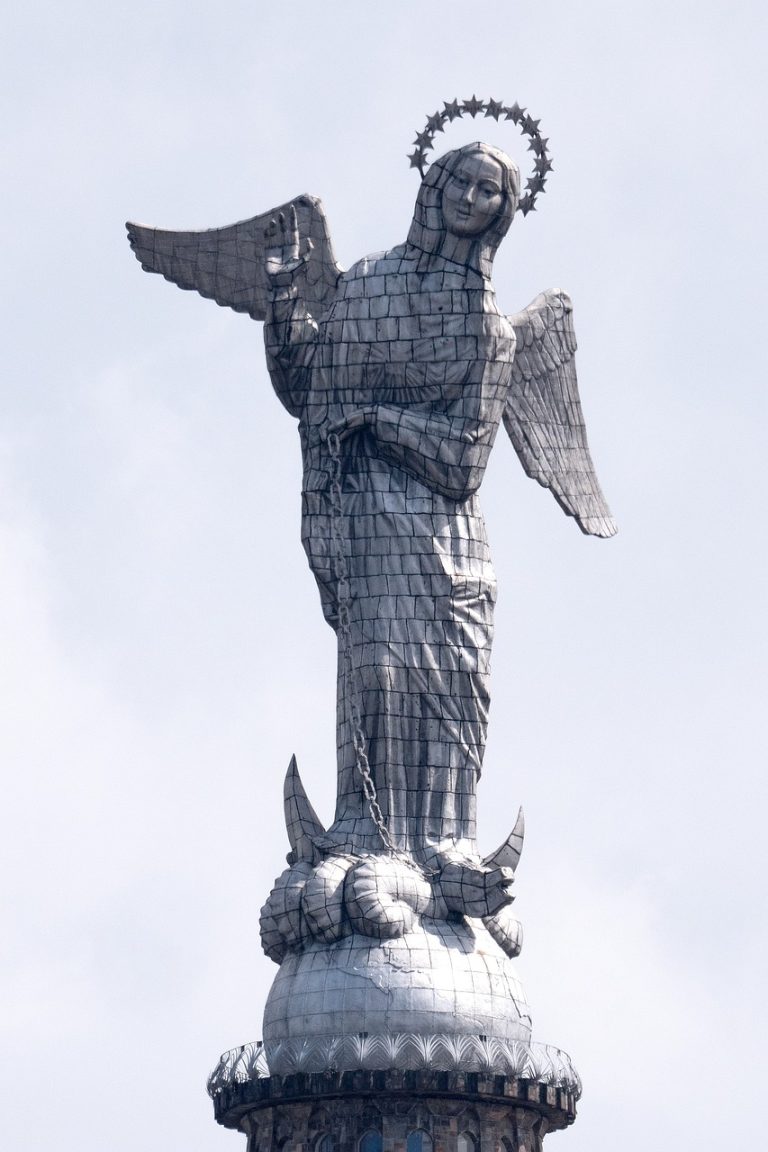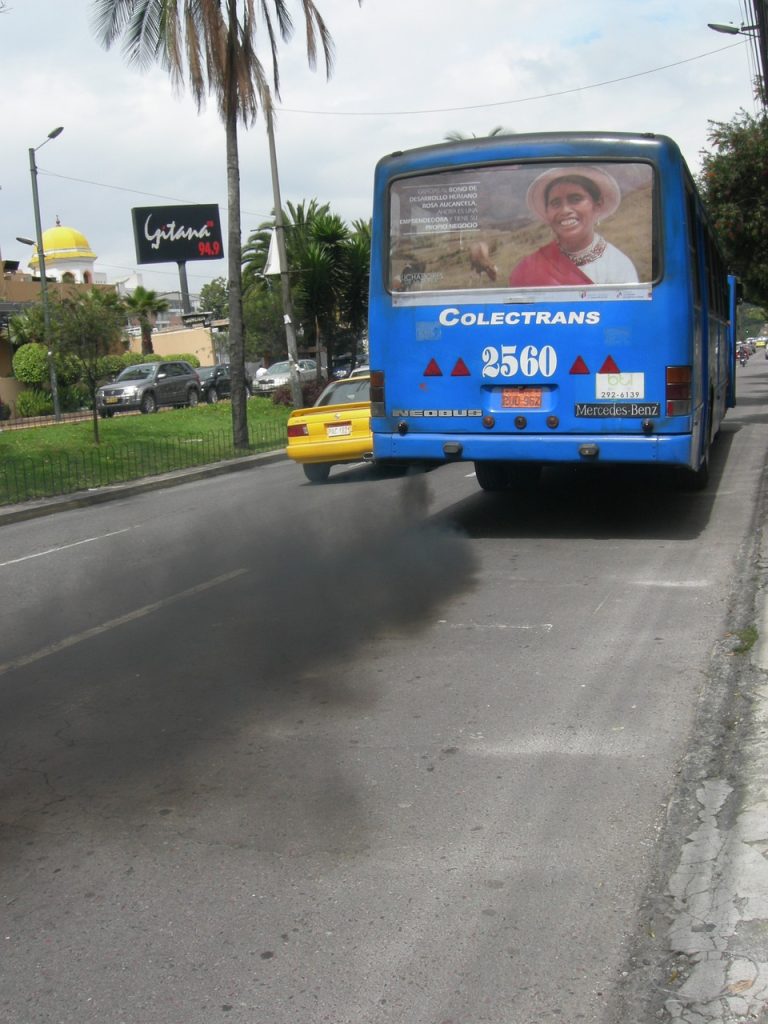Quito Ecuador Video
Historical Landmarks of Quito Ecuador: A Deep Dive
Quito, the capital city of Ecuador, is renowned for its rich history and cultural heritage. As one of the first UNESCO World Heritage Sites, Quito boasts a plethora of historical landmarks that offer a glimpse into the city’s fascinating past. From colonial architecture to ancient ruins, each landmark tells a unique story. In this deep dive, we will explore ten of Quito’s most significant historical landmarks.
Independence Square
- Plaza de la Independencia: Located at the heart of Quito’s historic center, Independence Square is a symbol of Ecuador’s struggle for independence. It is surrounded by important buildings such as the Presidential Palace, the Metropolitan Cathedral, and the Archbishop’s Palace.
- Metropolitan Cathedral: This stunning cathedral, also known as the Cathedral of Quito, is one of the oldest cathedrals in South America. Its intricate Baroque architecture and beautiful interior make it a must-visit landmark.
- Presidential Palace: The Presidential Palace, also known as Carondelet Palace, is the official residence of the President of Ecuador. Visitors can admire its neoclassical facade and explore its elegant halls.

San Francisco Church
- San Francisco Church: This historic church is one of the most important religious and architectural landmarks in Quito. Its impressive facade and intricate interior decorations showcase a mix of Baroque and Moorish influences.
- San Francisco Square: Adjacent to the church, San Francisco Square is a charming plaza lined with colonial buildings. It offers a peaceful atmosphere and is a popular spot for locals and tourists alike.
- Museo Fray Pedro Bedón: Located within the San Francisco Church complex, this museum houses a collection of religious art and artifacts, providing insights into Quito’s religious history.
La Compañía de Jesús
- La Compañía Church: Known for its extravagant Baroque architecture, La Compañía Church is considered one of the most beautiful churches in Quito. Its intricate gold leaf decorations and stunning artwork make it a true masterpiece.
- La Compañía Plaza: The plaza in front of the church offers a picturesque setting to admire the architectural beauty of La Compañía. It is a popular gathering place for locals and visitors.
- La Compañía Museum: Located within the church complex, the museum showcases religious art and artifacts, providing further insights into the history of the Jesuit order in Quito.

El Panecillo
- El Panecillo: This iconic hill in Quito is home to the Virgen de Quito, a colossal aluminum statue of the Virgin Mary. From the top of El Panecillo, visitors can enjoy panoramic views of the city.
- Virgen de Quito: The Virgen de Quito statue is a symbol of the city and a testament to the deep religiosity of its inhabitants. It stands proudly overlooking Quito, offering a stunning sight for all.
- Mirador de El Panecillo: The viewpoint at El Panecillo provides an ideal vantage point to appreciate the beauty of Quito’s landscape. It is a popular spot for both locals and tourists.
Basílica del Voto Nacional
- Basílica del Voto Nacional: This neo-Gothic basilica is one of the largest churches in the Americas. Its impressive towers and intricate stone carvings make it a prominent landmark in Quito’s skyline.
- Viewpoint Towers: Visitors can climb the towers of the Basílica del Voto Nacional to enjoy breathtaking views of Quito. The climb is not for the faint-hearted but is worth it for the panoramic vistas.
- Interior: The basilica’s interior features beautiful stained glass windows and ornate decorations. Exploring its grand halls and chapels is a captivating experience.

La Ronda
- La Ronda: This charming street in Quito’s historic center is known for its preserved colonial architecture and vibrant atmosphere. It is lined with shops, art galleries, and traditional taverns.
- Artisans and Artists: La Ronda is a hub for local artisans and artists, showcasing their traditional crafts and contemporary artwork. Visitors can witness the creative spirit of Quito’s cultural scene.
- Food and Drinks: The street is also home to numerous restaurants and cafes, offering a taste of traditional Ecuadorian cuisine and refreshing beverages. It’s a great place to indulge in local flavors.
TelefériQo
- TelefériQo: Located on the slopes of Pichincha Volcano, TelefériQo is a cable car that takes visitors on a breathtaking journey to Cruz Loma. From there, panoramic views of Quito and the surrounding mountains await.
- Pichincha Volcano: The TelefériQo provides access to the hiking trails of Pichincha Volcano. Adventurous souls can embark on a trek to the summit for a truly memorable experience.
- Restaurant and Viewpoint: At Cruz Loma, visitors can enjoy a meal at the restaurant while taking in the stunning vistas. The viewpoint offers a mesmerizing perspective of Quito nestled amidst the mountains.
Carolina Park
- Carolina Park: As Quito’s largest urban park, Carolina Park offers a green oasis in the heart of the city. It features walking paths, sports fields, botanical gardens, and various recreational facilities.
- Quito Botanical Garden: Within Carolina Park, the Quito Botanical Garden showcases Ecuador’s diverse flora. Visitors can explore different ecosystems and learn about the country’s unique plant species.
- La Mitad del Mundo Monument: Located near Carolina Park, the La Mitad del Mundo Monument marks the equator line. It is a popular tourist attraction, offering interactive exhibits and cultural displays.
Guápulo
- Guápulo: This historic neighborhood is known for its picturesque streets and colonial architecture. It offers a peaceful retreat from the bustling city center and is home to quaint cafes and art galleries.
- Church of Guápulo: The Church of Guápulo is a charming colonial church that stands as a testament to the neighborhood’s rich history. Its peaceful atmosphere and beautiful surroundings make it a hidden gem.
- Guápulo Viewpoint: From the viewpoint in Guápulo, visitors can enjoy panoramic views of Quito’s valleys and surrounding mountains. It’s a perfect spot to appreciate the natural beauty of the area.
Conclusion
Quito Ecuador is a treasure trove of historical landmarks that offer a glimpse into the city’s captivating past. From the grandeur of Independence Square to the architectural marvels of La Compañía and Basílica del Voto Nacional, each landmark tells a story of Ecuador’s rich cultural heritage. Exploring these historical sites not only allows visitors to appreciate the city’s architectural wonders but also provides insights into its vibrant history and traditions.

References
- quito.com
- ecuador.travel
- unesco.org
- quito.com.ec






